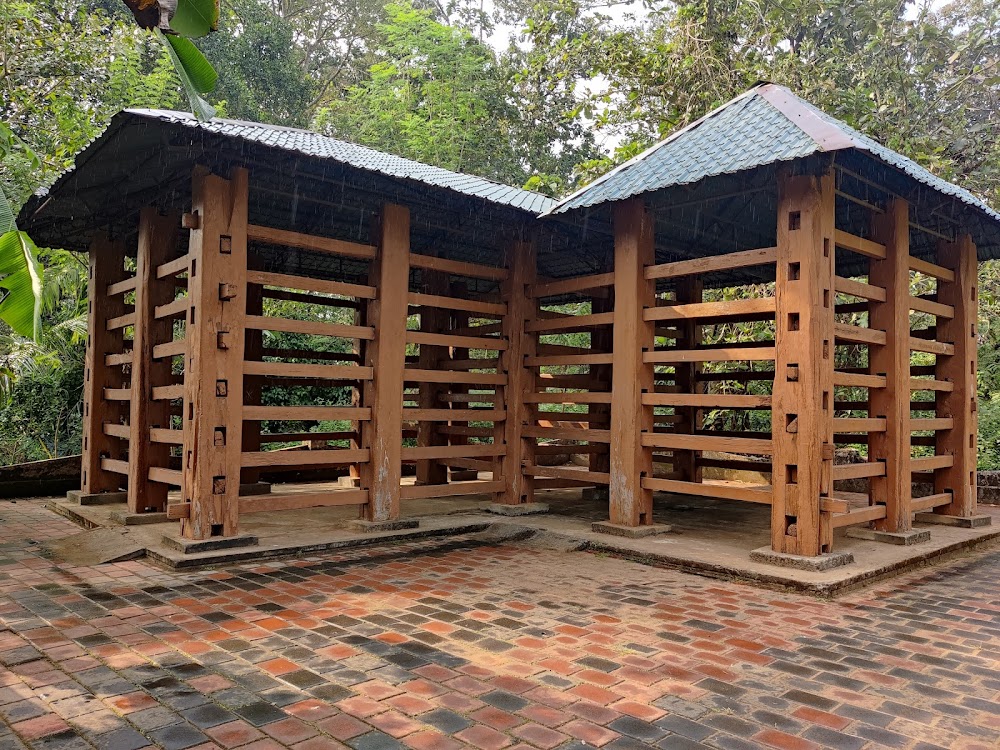Misire Mosque (Mosquée de Misire)
Overview
The Misire Mosque in the Sikasso Region of Mali is a stunning example of architectural history and cultural heritage. Constructed in the early 20th century, this mosque stands as a proud testament to the rich traditions and artistic ingenuity of the local Malian community.
The mosque's construction began around 1906, led by a prominent local religious and community leader. The vision was to create not just a place of worship, but also a vibrant community center. Using primarily local materials such as mud, wood, and stone, the mosque exemplifies the Sudano-Sahelian architectural style, a hallmark of the region's building traditions.
A defining feature of the mosque is its use of mud bricks, locally known as "banco," which were shaped and sun-dried. The thick walls provide natural insulation against the intense heat typical of the area. Builders employed traditional methods, mixing mud with straw and water to create a durable, cohesive material. Local artisans showcased their skills by carving intricate patterns and inscriptions into the mosque's wooden doors and beams, adding a unique touch of craftsmanship.
The mosque's minaret is one of its most striking elements. This towering structure, crafted from the same combination of mud and wood, rises gracefully above the mosque. It serves not only as a call to prayer but also as a powerful symbol of the community’s faith. Decorated with wooden beams that extend from its sides, the minaret reflects the artisans' skills and their reverence for historical building techniques.
Inside, the mosque exudes a simple yet solemn atmosphere. The expansive prayer hall, supported by sturdy pillars, is designed for communal worship. Soft mats cover the floor, providing a comfortable surface for devotees. The qibla wall, which faces Mecca, features a modest mihrab—a niche that indicates the direction of prayer, enhancing the spiritual ambiance.
The mosque's construction was a communal effort, involving countless families from the region. It not only became a place of worship but also fostered unity and a shared sense of purpose among the community members. The completion of the mosque was celebrated with a grand ceremony, marking its significance as a cornerstone of local life.
Over the years, the Misire Mosque has undergone several restorations to maintain its structural integrity and preserve its historical and cultural significance. These renovations have been carried out with meticulous care, ensuring that the original techniques and materials are preserved, keeping the spirit of the mosque's construction alive.
Today, the mosque is not only a religious site but also an architectural landmark that attracts visitors and scholars interested in traditional Malian architecture. It continues to play a central role in the community’s social and spiritual life, hosting regular prayers, community gatherings, and educational events.
In summary, the Misire Mosque in the Sikasso Region of Mali is much more than a building; it is a powerful symbol of cultural heritage, community spirit, and religious devotion. Constructed with local materials and traditional methods, it stands proudly as both a place of worship and a monument to the collective efforts and shared values of the people who built it.



